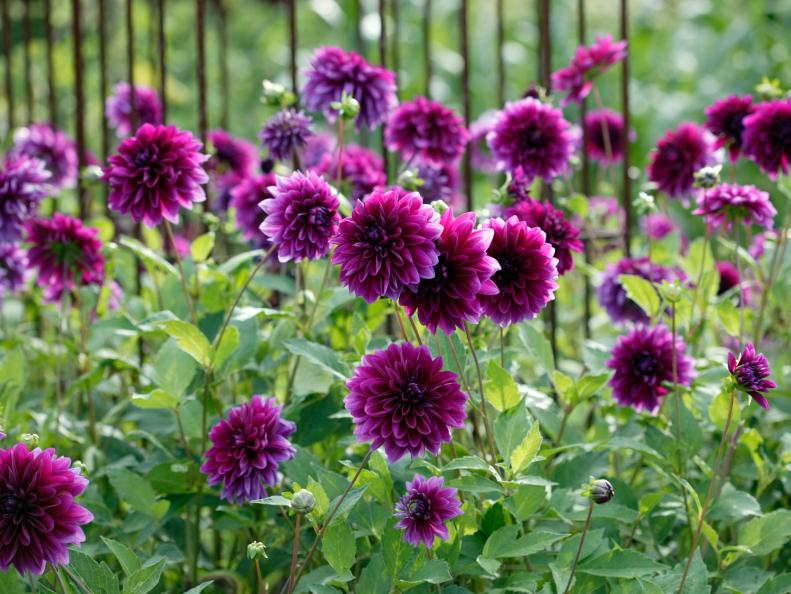1 / 11
Photo: Longfield Gardens
Dahlia
Introduced in the 1940s, dahlia 'Thomas Edison' still adds splashes of bright purple to modern landscapes. Dahlias can take full sun, although Southern gardeners may need to give them afternoon shade. They're available in a range of sizes, from 10-20" up to 5' tall. Depending on the species, some dahlia tubers will die when the ground gets cold. You can treat them as annuals and replace them each year, or dig up the tubers and store them for the winter.









